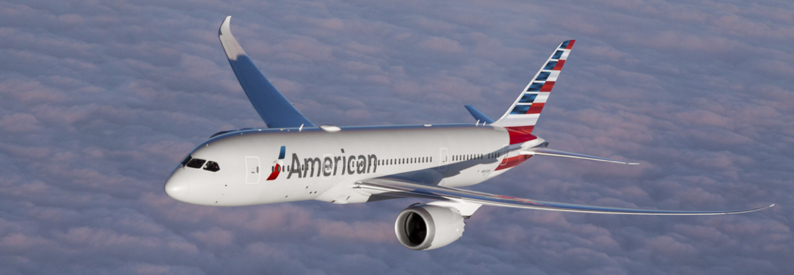U.S. Airlines Face Strong Demand but Weak Pricing

Despite record-breaking passenger numbers in the U.S. domestic airline market during the first half of 2024, low fares have pressured airline profitability, with many routes operating unprofitably. Airlines for America (A4A) Chief Economist John Heimlich explained that while demand appears strong, low pricing on numerous routes has left carriers struggling to cover rising operational costs.
Passenger Traffic vs. Profitability
The U.S. Transportation Security Administration (TSA) reported record-breaking screening numbers throughout the summer of 2024, even surpassing 3 million passengers in a single day on July 7. However, low fare prices have led airlines to reassess their route capacity, as pricing weaknesses make many flights unsustainable. Executives across the industry have voiced concerns over the current pricing environment, highlighting that high passenger numbers do not necessarily equate to profitability.
Frontier Airlines CEO Barry Biffle noted on October 30 that carriers are far from stabilizing domestic capacity, pointing to continued route reductions well into 2024. This adjustment process, beginning late in the summer, reflects the need to realign capacity with profitable demand.
The Balance Between Demand and Pricing
“Excess capacity is really unprofitable capacity,” Heimlich said, emphasizing that demand needs to balance with fare prices for routes to be financially viable. While there’s strong macro-level interest in travel, lower fares on many routes have failed to cover airlines’ costs, putting pressure on financial performance across the board.
Heimlich highlighted that while “demand is fungible” and can vary with price, the sustainability of service requires adequate revenue from ticket sales. Using the analogy of a weekend sale, he pointed out, “If I were selling it at $2, I could have a lot more demand than I have at $400.” The lack of pricing power, particularly on domestic routes, is a significant factor contributing to the current reduction in capacity.
Rising Operating Costs Impacting Profits
The effect of low fares and high operating costs is evident in American Airlines’ recent financial results. The carrier reported a 4.6% year-over-year rise in operating costs for the nine months ending September 30, compared to only a 2.1% increase in revenue. The third quarter saw American Airlines incur a net loss of $149 million, and its nine-month net profit dropped by 68.1% year-over-year to $256 million.
Maintenance costs are further straining airline finances, with delayed engine and aircraft deliveries pushing carriers to retain older aircraft longer, leading to higher upkeep expenses. Heimlich noted, “Airlines are holding on to older equipment longer, and there’s a maintenance penalty,” compounded by labor shortages and rising material costs in the Maintenance, Repair, and Overhaul (MRO) sector.
External Challenges: Weather Impact on Travel Demand
Recent hurricanes in the U.S. southeast have also impacted domestic travel, with residual effects on routes linked to affected areas. Heimlich explained that travelers are less likely to visit hurricane-stricken regions, which dampens demand from both origin and destination perspectives. The aftermath of such weather events can alter travel plans for months, adding yet another layer of complexity to an already challenging market environment.
In response to these challenges, U.S. airlines are expected to continue adjusting route capacities to better align with profitable demand, balancing passenger volumes with sustainable fare pricing in the face of high operating costs.
Related news : https://suspicious-zhukovsky.67-21-117-18.plesk.page/?s=U.S.+Airlines
